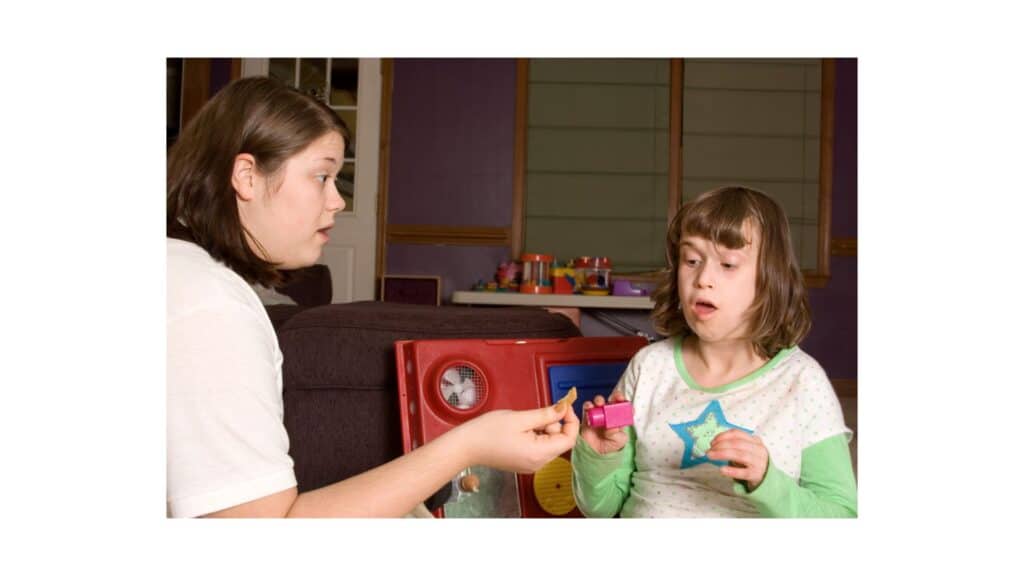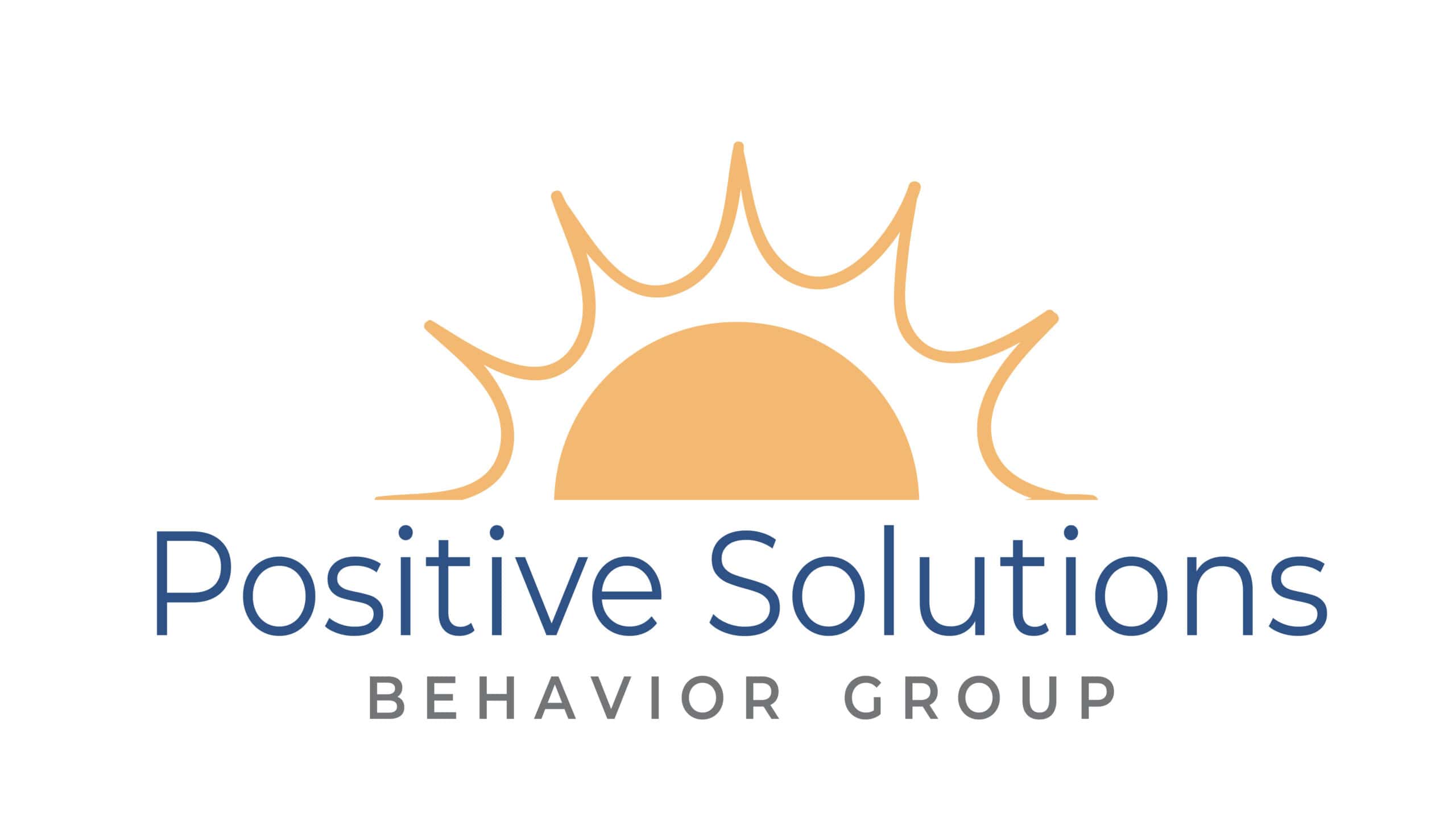Welcome to our exploration of the vast spectrum of Autism Spectrum Disorder (ASD). Understanding ASD involves recognizing its diverse manifestations, which span a wide range of symptoms, behaviors, and challenges. From social communication difficulties to repetitive behaviors, each individual with ASD presents a unique combination of traits, making it crucial to acknowledge the diversity within the spectrum. In this comprehensive guide, we’ll delve into the various types of Autism Spectrum Disorder, shedding light on their distinct characteristics and diagnostic criteria. By gaining insight into the different subtypes of ASD, we can enhance our understanding of neurodiversity and foster a more inclusive society. Whether you’re a parent seeking information about your child’s diagnosis, a educator supporting students with ASD, or simply curious about the complexity of the human mind, join us on this journey to explore the multifaceted nature of Autism Spectrum Disorder. Let’s embark on a journey of understanding, acceptance, and empowerment for individuals across the spectrum.
Navigating the Spectrum: Recognizing the Variability of Autism Spectrum Disorder
Autism Spectrum Disorder (ASD) is a complex neurodevelopmental condition characterized by a wide range of symptoms and behaviors. From challenges in social interaction and communication to repetitive patterns of behavior, the spectrum of ASD encompasses a diverse array of experiences. In this article, we explore the variability within the autism spectrum, highlighting the importance of recognizing and understanding the unique strengths and challenges of individuals with ASD.

Diverse Presentation
No two individuals with autism are exactly alike. Some may excel in specific areas such as mathematics or music, while others may struggle with sensory sensitivities or executive functioning. By acknowledging the diverse presentation of ASD, we can better appreciate the unique strengths and talents of each individual.
Co-occurring Conditions
Autism often coexists with other conditions such as ADHD, anxiety disorders, or intellectual disabilities. These co-occurring conditions can further contribute to the variability within the autism spectrum, influencing the individual’s behavior, learning style, and overall well-being.
Developmental Trajectories
The trajectory of development for individuals with autism can vary widely. While some may show significant progress with early intervention and support, others may face lifelong challenges that require ongoing assistance and accommodations. Understanding these different developmental trajectories is crucial for setting realistic goals and expectations.
Gender Differences
Research suggests that autism may present differently in girls and women compared to boys and men. Girls with autism, for example, may exhibit more subtle social difficulties and internalizing behaviors, making their diagnosis less apparent. Recognizing these gender differences is vital for ensuring that all individuals receive timely and appropriate support.
Cultural and Contextual Factors
The experience of autism is influenced by cultural and contextual factors such as family dynamics, socioeconomic status, and access to resources. In some cultures, certain behaviors associated with autism may be viewed differently or misunderstood, leading to delayed diagnosis and intervention. By considering these factors, we can provide more culturally sensitive and effective support.
Breaking Down the Spectrum: Identifying the Different Types of Autism
Autism Spectrum Disorder (ASD) encompasses a wide range of symptoms and behaviors, making it a complex and heterogeneous condition. By identifying the different types of autism within the spectrum, we can gain a better understanding of the diverse experiences of individuals with ASD and tailor support and interventions accordingly.
- Classic Autism: Characterized by significant impairments in communication, social interaction, and repetitive behaviors, classic autism represents the most severe end of the spectrum.
- Asperger’s Syndrome: Individuals with Asperger’s syndrome often have milder symptoms compared to classic autism but may still experience challenges in social interaction and communication, along with intense interests and repetitive behaviors.
- High-Functioning Autism (HFA): HFA is characterized by average or above-average intellectual abilities alongside autism symptoms. Individuals with HFA may excel in certain areas but still experience challenges related to social interaction, communication, and sensory sensitivities.
- Low-Functioning Autism (LFA): On the other end of the spectrum, LFA is associated with more severe intellectual and developmental disabilities, along with significant impairments in communication and daily living skills.
Beyond Labels: Embracing Neurodiversity Within Autism Spectrum Disorder
Autism Spectrum Disorder (ASD) is often characterized by a myriad of labels and diagnoses, but beyond these classifications lies a rich tapestry of neurodiversity. Neurodiversity celebrates the unique ways in which individuals’ brains function, recognizing that differences in cognition, perception, and behavior are part of the natural variation of the human experience. In this article, we explore the concept of neurodiversity within the autism spectrum, emphasizing the importance of embracing individual differences and promoting acceptance beyond labels.
Redefining Normalcy
Neurodiversity challenges traditional notions of normalcy by reframing neurodevelopmental conditions like autism as natural variations of human cognition and behavior. Instead of viewing differences as deficits to be fixed, neurodiversity advocates emphasize the value of diverse perspectives and experiences in enriching our society.
Moving Beyond Pathology
The medical model of disability often pathologizes neurodivergent experiences, focusing on deficits and impairments that need to be treated or cured. In contrast, the neurodiversity paradigm encourages a shift towards a more holistic understanding of autism, one that acknowledges strengths, talents, and alternative ways of processing information.
Celebrating Strengths
Every individual, regardless of neurotype, possesses unique strengths and talents. Within the autism spectrum, these strengths may include exceptional attention to detail, creative thinking, or a deep passion for specific interests. Embracing neurodiversity means recognizing and celebrating these strengths as valuable contributions to society.
Challenging Stigma
Stigma and misconceptions surrounding autism can lead to discrimination and social exclusion for individuals on the spectrum. Embracing neurodiversity involves challenging these stereotypes and advocating for a more inclusive society where differences are celebrated rather than stigmatized.
Promoting Self-Advocacy
Embracing neurodiversity empowers individuals with autism to embrace their identities and advocate for their needs. By promoting self-advocacy skills and providing platforms for autistic voices to be heard, we can ensure that individuals have agency and autonomy in decisions that affect their lives.
Conclusion
Autism Spectrum Disorder (ASD) is a complex neurodevelopmental disorder that affects individuals of all ages and backgrounds. While there is no single “cure” for ASD, early diagnosis and intervention can significantly improve outcomes. By understanding the different types of ASD, including Autistic Disorder, Asperger’s Syndrome, and Pervasive Developmental Disorder, we can better support individuals with ASD and their families. At Positive Solutions Behavior Group LLC, we are committed to providing personalized therapy and support services to help individuals with ASD thrive.
If you or a loved one is affected by ASD, we encourage you to reach out to us at Positive Solutions Behavior Group LLC. Our team of experienced professionals is dedicated to providing compassionate and effective care. Contact us today at (859) 282-0400 to learn more about our services and how we can help you navigate the journey of ASD.






